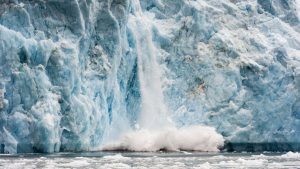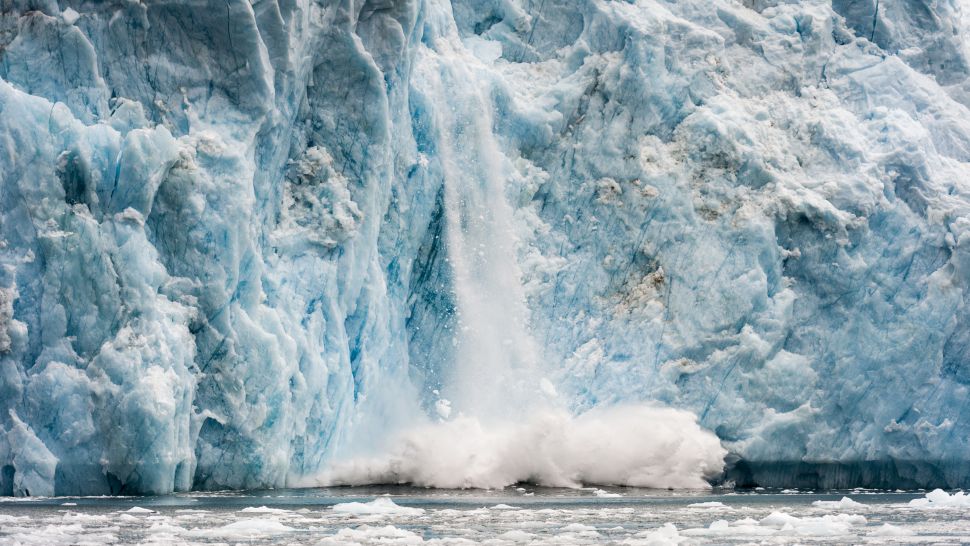The melting of Earth’s polar ice is warping the planet’s crust.

This shape change in Earth’s crust is subtle, but it occurs many hundreds of miles away from the ice sheets. Researchers may be able to monitor the shift as part of research to understand how climate change will affect sea level; understanding the warping is also important, because scientists need to be able to correct for this ground motion when measuring other types of geological processes, the study authors wrote in the August issue of the journal Geophysical Research Letters.
Isostatic Rebound
Scientists already knew that when ice disappears, the crust underneath changes. Imagine lifting your head from a memory foam pillow: As the weight of your head is lifted, the pillow gradually fluffs back up, still moving after you’ve vacated the bed. Something similar happens when a glacier retreats. The crust beneath, no longer under all that weight, slowly pops back up. This is called isostatic rebound, and it’s very slow indeed. In some high-latitude regions, the ground is still rebounding from the retreat of the ice sheets during the end of the last ice age.
Ice loss from Antarctica
But now, the polar regions are losing ice at an increasing rate due to climate change. From 2000 to 2010, ice loss from Antarctica, Greenland and mountain glaciers increased 60% compared with the ice loss between 1990 and 2000, according to a paper published in 2020 in The Cryosphere. This melt is affecting the shape of the crust, just as the loss of ice at the close of the Ice Age did. But most research has focused on the crust changes right under and around the ice sheets. Even when researchers do study farther-off effects, they focus on vertical changes in the crust shape. But the crustal motion after ice loss is three-dimensional, meaning it shifts horizontally, too.
“In some parts of Antarctica, for example, the rebounding of the crust is changing the slope of the bedrock under the ice sheet, and that can affect the ice dynamics,” Coulson told the Harvard Gazette. A steeper slope means a faster flow of ice toward the sea.
Credits: livescience.com











